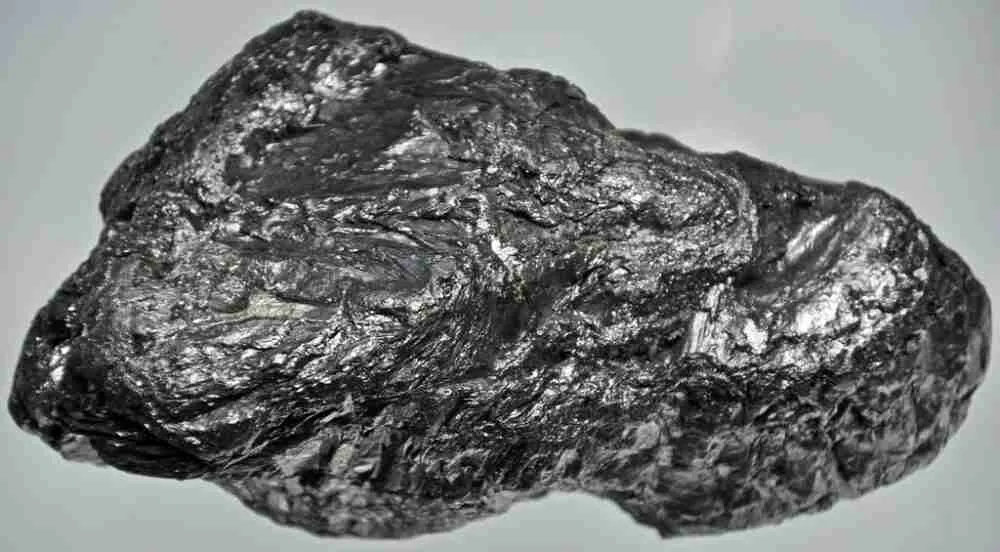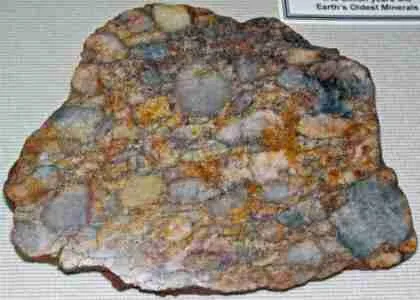Graphite and Diamond and the Allotropes of Carbon

Graphite and diamond are the two crystalline forms of carbon. This is because carbon has the ability to exist as allotropes, a phenomenon known as allotropy. Allotropy is therefore the existence of two or more different forms of an element in the same physical state. However, coke, charcoal, coal and lamp-black are amorphous forms of carbon.
Diamonds:– Diamonds are the purest forms of naturally occurring carbon. They are colorless, lusterless solids that can easily be transformed into shiny and brilliant gems. Diamonds can also be colored by traces of impurities. The crystal of diamond is octahedral in shape and the giant molecule in which the carbon atoms are closely packed and are held together by very strong covalent bonds.
Diamonds are used in drills for mining because of their property of been hard and dense. They are also used as abrasives to sharpen very hard tools. They are also used for cutting glass and metals. Diamonds are also used as pivot support in precision instruments. Its high refractive index and high power of dispersion makes it suitable in making jewelries.
Artificial diamond can also be made by subjecting graphite to very high temperature and pressure for several hours in the presence of rhodium or nickel as a catalyst. However, artificial diamond is only suitable for certain industrial manufacturing processes.
Graphite:– Occurs in a natural form as plumbago which is an opaque black solid. It is often mined in China, Austria, Germany, Korea, Mexico and Sri Lanka. It is formed by the action of volcanic heat over a period of time on coal deposits. The crystal lattice structure of graphite is such that the carbon atoms form flat layers that are arranged in parallel, one above the other.
Properties of Graphite:– Graphite is soft and flaky due to its layered crystalline structure and has a high melting point. It is less than diamond and it is relatively inert chemically but can be oxidized to six carbon atom organic compounds under very suitable conditions. Graphite is a good conductor of electricity because of the presence of mobile electrons present in the crystal lattice. There are mobile electrons because only three out of the four valence electrons are involved in bond formation.
Uses of Graphite
- Graphite is used as a dry lubricant. This is because the layered structure of graphite allows it to glide over one another quite easily.
- Graphite is non-volatile and non sticky and used as a lubricant on bicycle chains, bearings of motor cars
- It is also used as electrodes in electroplating and in dry cells because it is inert and a good conductor of electricity.
- A non conductor of electricity can be turned into a conductor if it is coated with this mineral.
- This mineral is used to line crucibles used for making high-grade steel and several other alloys. This is because graphite can withstand high temperatures.
- A mixture of graphite and clay is used as ‘lead’ in pencils.
- It is used as a black pigment in paints.
- Graphite is used as neutron moderators in atomic piles.
Industrial Preparation of Graphite
Graphite is in very great demand as an industrial raw material. It is produced industrially in a process known as Acheson process, by heating coke in an electric furnace to a very high temperature for about 20 or 30hours. Air is excluded from this reaction by covering coke with sand and the graphite produced is very pure and free of grit. This industrial process is quite expensive in terms of the energy cost and can only be feasible in countries with cheap sources of electricity.



Dear Sirs,
We need to use the graphite solid with the following features
Please inform us the price and delivery time.
Best Regards,
Shabnam